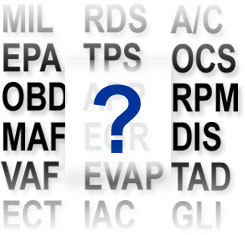
Abbreviation
The most general term, which loosely applies to all shortening of words or phrases, is “abbreviation”. This term covers all examples, from contracting the word “mister” to write “Mr.” to abbreviations from Latin such at e.g., or even the mysterious “OK”.
Acronyms
Acronyms, a subset of abbreviations, cover a wide range of examples and there are numerous subsets within the family of acronyms. They are characterized by combining the first letters or first couple of letters of a series of words to form a separate group that can be recognized as a new unit, which at times is pronounced as a unique word or can have its letters pronounced one by one.
Examples of this:
- UN, EU, and OAS are just some examples of international bodies that are instantly recognized by the first letters of the words that make up their name.
- Benelux, Interpol, and alphabet are the result of combination of parts of words and not just the initial letter.
- Scuba, laser, radar, and sonar are acronyms that have mutated into normal words in the English language, with almost no recognition of their original form.
There are numerous variations on these three general classes and several rules to consider when using abbreviations. The most vexing aspect for a translator is when documents, especially in the fields of finance and medicine, use acronyms or abbreviations that are rare and difficult for a non-specialist to divine the full phrase from. For a good list to use in your work with financial documents, for example, click here.
(Spanish version: https://www.trustedtranslations.com/siglas-acronimos-y-abreviaturas-2010-07-26.html)





